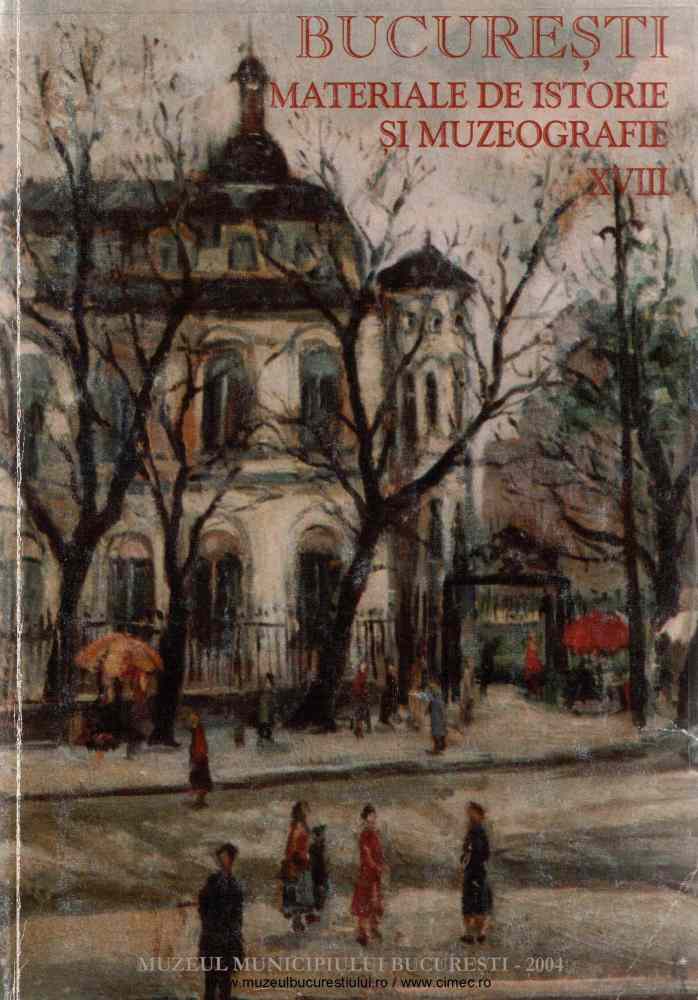
Prezervarea patrimoniului cultural, între empirism şi scientism, în context european postbelic
| Autori |
|
| Secţiunea |
|
| Limba de redactare | română |
|
Descriptori
|
|
| Excerpt | Empiricism and Scientism in the European after war Context The theoretical and practical ideas concerning conservation and restoration of the cultural property, which had worked and dominated before the Second World War were, naturally, preserved in the new world, when this kind of heritage had to face new ideas and new necessities. This confrontation turned to a real fight between two main attitudes, between those who had absolute confidence in what Experience had proved throughout the years, and those who strongly trusted the capabilities of Science, considering the new "boom" in the fields of physics, chemistry and industry. Step by step, each of the old experimented methods had its authority put under a question mark. At the same time, the new methods only based upon laboratory tests and scientific positivism had to face the rapid collapse of these theories and products, because of the absolute lack or scarceness of the long-term tests, grounded on an excessive confidence in the human mind (considered able to gain absolute control over both culture and nature). Only by a progressive gathering of knowledge, as a result of a lot of experiments (some of which very damaging) was it possible to acquire an appropriate attitude, based on a sound understanding of the cultural object and its relationship with the environment (human activities included). The authors analyze the domain of the cultural heritage, starting from monuments and their decorative items, up to different kinds of artifacts, finding the gradual exchanges between old and new methods. Thus, the inhuman urbanism plans, the destruction of the old houses in the name of modernity, the almost exclusive use of concrete, the excessive cleaning of frescoes and monumental statues, the different kinds of cleaning and reinforcement of museum artifacts, the excessive use of chemical or physical methods, are considered in the paper, in order to draw the attention upon the danger of inappropriate theories and of an insufficient understanding of the materials' interaction impact. The aim of this presentation is to promote a preventive and respectful attitude towards the History of Conservation, which can enable us to better understand our own Profession and open the outsiders a new perspective upon it. |
| Paginaţia | |< << 370-390 >> >| |
| Descarcă fişierul | |
| Titlul volumului de apariție | |
| Editura | Publicat de: Muzeul Municipiului Bucureşti |
| Loc publicare | Bucureşti |




